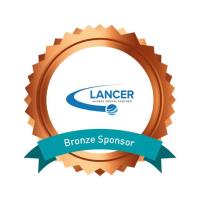Abstract
Good Planning to Pursuit Clinical Efficiency, Ethics and Environmental Concern
The need for better planning to increase the efficiency of clear aligners is emphasized everywhere, but questionable set-ups that produce suboptimal clinical outcomes, high numbers of aligners, and the systematic refinement steps continue to be endorsed. With the real risk of reducing the value of the results obtained, of accepting suboptimal results, fueling the aesthetic trend of visible alignment, reducing professional skills and damaging the environment through the production of plastic. Through careful and meticulous programming, not entrusted to third parties and based on knowledge of the software and specific biomechanics of the therapeutic tool, will the orthodontist be able to overcome the real risk of not being the same as before... The author describes the principle of "grabbing" in planning, based on the management and control criteria of teeth and on the careful reading of the active surfaces generated during movement and improved through a meticulous selection of attachments.
Learning Objectives
After this lecture, you will be able to defining the planning criteria distinguishing the phases of final position planning, over engineering, choice of attachments, staging and ancillary planning.
After this lecture, you will be able to reducing the number of total aligners by increasing the efficiency of your treatments by setting more relevant goals.
After this lecture, you will be able to quantifying the impact of poor planning on professional ethics and respect for the environment.
Learning Objectives
After this lecture, you will be able to defining the planning criteria distinguishing the phases of final position planning, over engineering, choice of attachments, staging and ancillary planning.
After this lecture, you will be able to reducing the number of total aligners by increasing the efficiency of your treatments by setting more relevant goals.
After this lecture, you will be able to quantifying the impact of poor planning on professional ethics and respect for the environment.

















